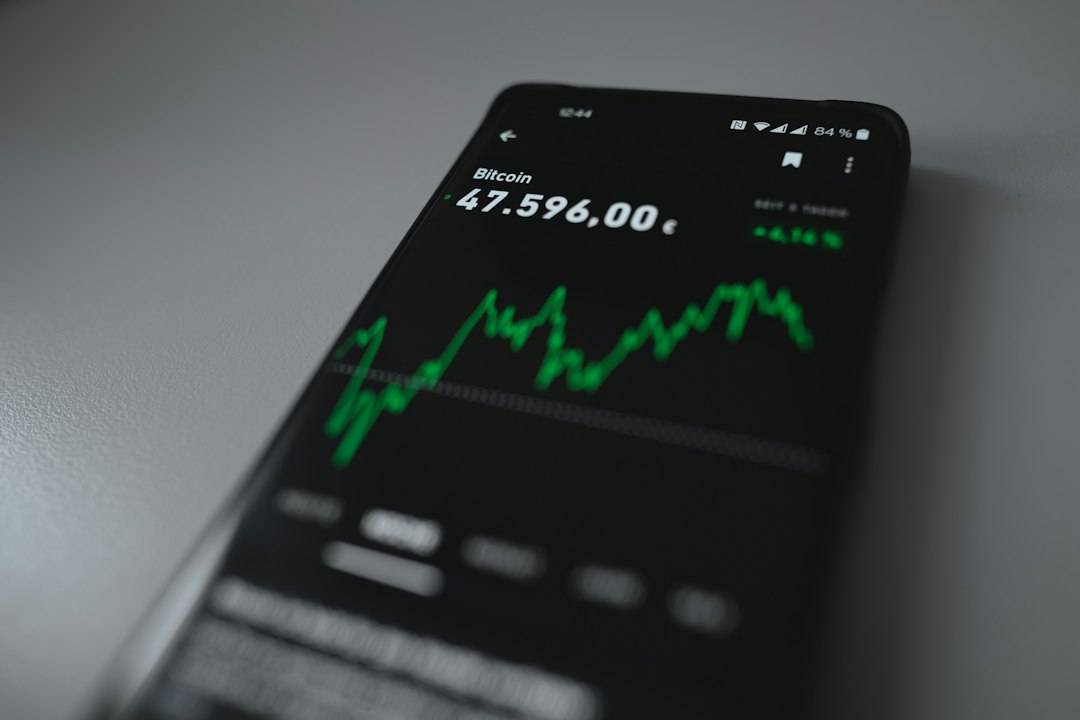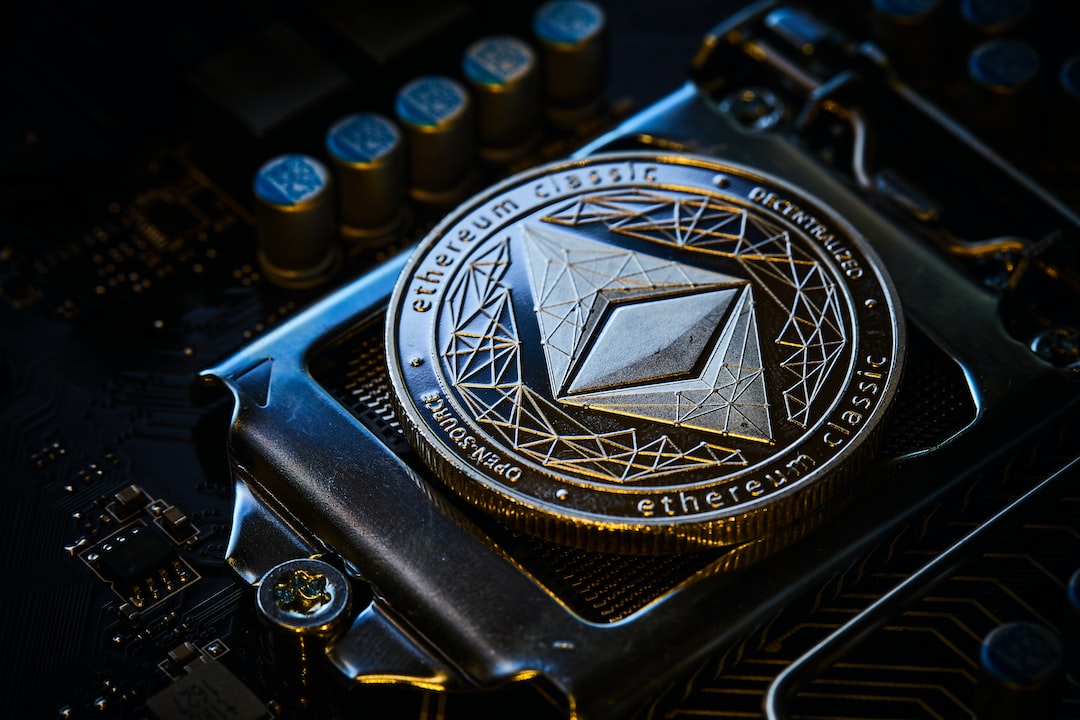The Role of Machine Learning in Crypto Analysis: Enhancing Predictive Powers
The world of cryptocurrency is decentralized, fast-paced, and highly volatile. Understanding and predicting market trends in this ever-changing landscape can be a challenging task. This is where machine learning comes into play, providing valuable insights and enhancing predictive powers for crypto analysis. In this article, we will explore how machine learning can revolutionize the way you analyze and invest in cryptocurrencies.
1. Understanding Machine Learning
At its core, machine learning is a subset of artificial intelligence that enables computers to analyze vast amounts of data and identify patterns without explicit programming. It leverages algorithms and statistical models to recognize patterns, make predictions, and adapt to new information. By training an algorithm on historical data, machine learning models can learn from the patterns and relationships within the data, ultimately making accurate predictions.
2. Applying Machine Learning to Crypto Analysis
When it comes to cryptocurrency, machine learning algorithms can be used to analyze large datasets, extract meaningful insights, and make predictions based on historical market data. By considering factors such as trading volumes, price movements, social media sentiment, and news events, machine learning models can identify patterns that may indicate future price movements.
For example, by analyzing historical price and trading volume data, machine learning models can identify specific patterns that are typically followed by price increases or decreases. These patterns can then be used to make predictions about future market trends.
3. Improving Predictive Powers
Machine learning algorithms have the ability to process large volumes of data in real time, allowing them to adapt and update their predictions as new information becomes available. This real-time analysis can enhance the accuracy of predictions compared to traditional analysis methods.
Furthermore, machine learning models can identify complex relationships and correlations in the data that may not be apparent to human analysts. By considering a wide range of variables and their interactions, these models can generate more accurate predictions and detect trends that may be missed by manual analysis.
4. Limitations and Challenges
While machine learning has revolutionized crypto analysis, it is essential to understand its limitations and potential challenges. Cryptocurrency markets are driven by various factors, including regulatory changes, geopolitical events, and market sentiment. Machine learning models heavily rely on historical data, making them less effective in predicting sudden and unforeseen events.
Additionally, machine learning algorithms are not infallible and can produce inaccurate predictions. These models require continuous fine-tuning and validation to ensure their effectiveness. It is important to approach machine learning as a tool that helps in decision-making rather than a foolproof solution.
5. Incorporating Machine Learning into Your Crypto Analysis
If you are interested in leveraging machine learning for your crypto analysis, here are a few steps you can take:
a. Data Collection:
Gather relevant historical data such as price, volume, and social media sentiment. This data will serve as the training set for your machine learning model.
b. Feature Engineering:
Identify and create meaningful features from the collected data that can be used to make predictions. These features can include technical indicators, sentiment analysis scores, and market news sentiment.
c. Model Selection and Training:
Choose the appropriate machine learning algorithm for your analysis and train it using the historical data. Consider algorithms like support vector machines, decision trees, or neural networks.
d. Testing and Validation:
Validate your model’s accuracy by testing it on new and unseen data. Adjust the model’s parameters and features to improve its performance.
Frequently Asked Questions (FAQs)
Q: Can machine learning accurately predict cryptocurrency prices?
A: Machine learning models can provide valuable insights and make predictions based on historical data, but it is essential to understand that cryptocurrency markets are highly volatile and influenced by various factors. While machine learning can enhance predictive powers, it does not guarantee accurate predictions of future prices.
Q: What are the risks of relying solely on machine learning for crypto analysis?
A: Relying solely on machine learning for crypto analysis can be risky. Machine learning models are based on historical data and may not account for unforeseen events or sudden market changes. It is crucial to combine machine learning with human analysis and stay updated with the latest market news and trends.
Q: Do I need coding skills to implement machine learning in crypto analysis?
A: Basic coding skills are beneficial, but there are user-friendly machine learning platforms and tools available that can be utilized without extensive programming knowledge. These platforms simplify the process of data preprocessing, model training, and prediction.
Q: Is machine learning the future of crypto analysis?
A: Machine learning undoubtedly has a significant role to play in the future of crypto analysis. With the increasing availability of data and advancements in machine learning algorithms, the predictive powers of crypto analysis are expected to improve further. However, human expertise and understanding of market dynamics will remain crucial to interpret and validate the insights provided by machine learning models.
In conclusion, machine learning has the potential to revolutionize the way we analyze and invest in cryptocurrencies. By leveraging its predictive powers and ability to identify complex patterns, machine learning can provide valuable insights for crypto analysis. However, it is important to recognize its limitations and combine it with human analysis to make informed decisions in this highly dynamic market.





 By
By
 By
By

 By
By

 By
By